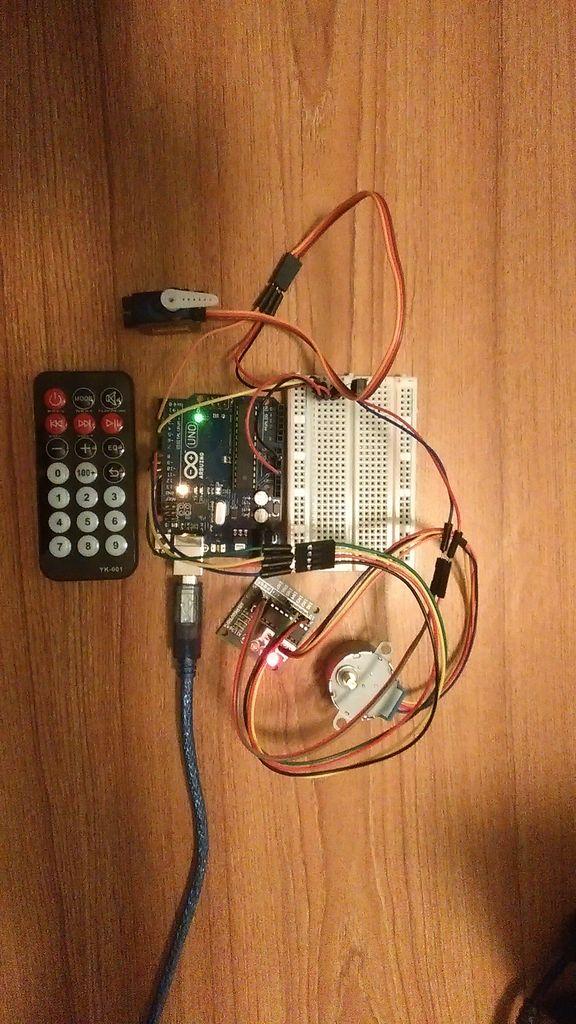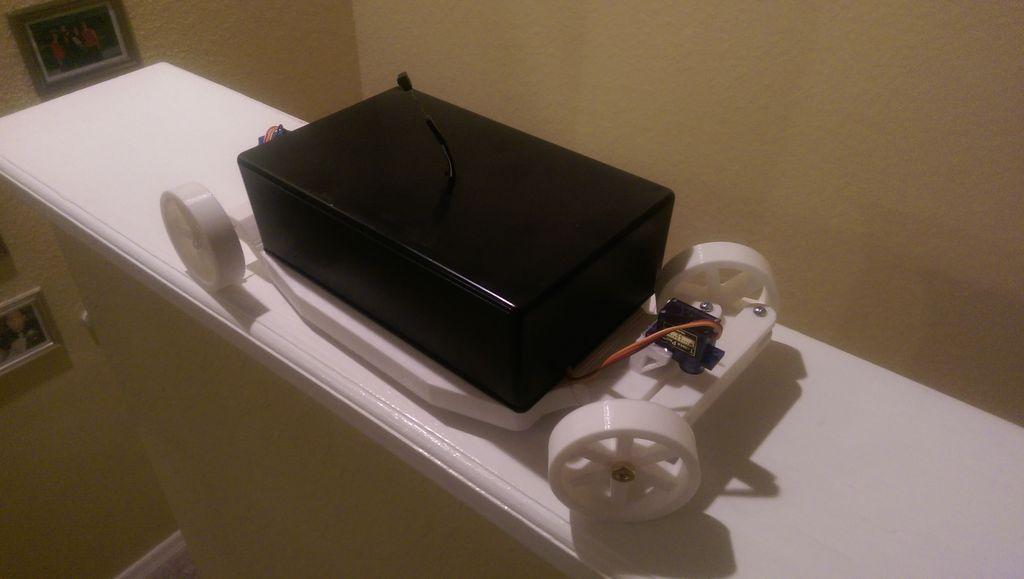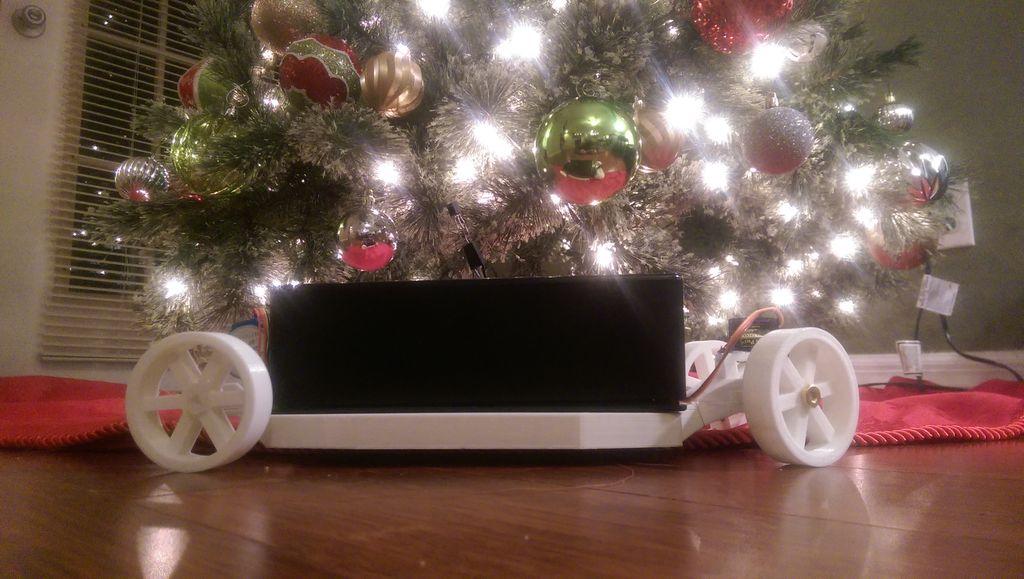 Nothing says holidays like the sound of a remote-controlled toy vehicle whirring around the house. Very popular with both car and electronics enthusiasts, the RC car can be controlled by a variety of mechanisms. They offer a great deal of satisfaction for all age levels with the amount of designing, tinkering, and modifications that can be done to the cars — just as with normal vehicles — it can be a never-ending hobby of challenge and delight.
Nothing says holidays like the sound of a remote-controlled toy vehicle whirring around the house. Very popular with both car and electronics enthusiasts, the RC car can be controlled by a variety of mechanisms. They offer a great deal of satisfaction for all age levels with the amount of designing, tinkering, and modifications that can be done to the cars — just as with normal vehicles — it can be a never-ending hobby of challenge and delight.
Traditional RC cars run on electricity, nitro, gasoline, and are constructed for both on-road and off-road use. You might be looked at like a three-headed alien if you told an old-school, traditional RC car hobbyist that you’d constructed your own car with your own digital design, written the code, employed a 3D printer, wired it, and controlled it with an Arduino microcontroller. That’s what Austin Jones gets to explain when describing his project for the MAKE: Hands-On Intro to Engineering course he participated in at University of South Florida, where he produced his 3D printed RC car using a basic yet highly functional design which can be replicated using his Instructable, and can also be customized if you have a slightly different plan for the size, wiring, or coding.
 Austin used a generic black container that already had holes in it, and he was able to design the chassis around the existing design for a snug connection with the box shape. With a servo controlling the front-steering and a stepper motor controlling the back, the car is supposed to operate in a normal front-wheel turning, rear-wheel-driven fashion with the remote driving both the servo and the stepper motor as the user presses separate numbers on the remote. Using four different headers in the code for the Arduino sketch, Austin explains his coding process in very clear detail; click here to see the video regarding code.
Austin used a generic black container that already had holes in it, and he was able to design the chassis around the existing design for a snug connection with the box shape. With a servo controlling the front-steering and a stepper motor controlling the back, the car is supposed to operate in a normal front-wheel turning, rear-wheel-driven fashion with the remote driving both the servo and the stepper motor as the user presses separate numbers on the remote. Using four different headers in the code for the Arduino sketch, Austin explains his coding process in very clear detail; click here to see the video regarding code.
With concept and coding in place, it was time to wire the car by placing all the components in the car and then testing them. While everything worked just as planned, Austin found a glitch in the design that he had not found a way to fix, which was with a short delay in the motor stopping when he commanded the servo to turn left or right. Once all the components were in place, and Austin had the solid parts designed in CAD just the way he wanted them, it was off to the 3D printer. Austin did point out that he sent his design out to be 3D printed and with the prints painted black in the first version they did not fare very well, but in choosing the natural color, they were much more durable.
 Have you ever 3D printed an RC car or any parts for one? Tell us about it in the USF Student 3D Prints RC Car forum over at 3DPB.com.
Have you ever 3D printed an RC car or any parts for one? Tell us about it in the USF Student 3D Prints RC Car forum over at 3DPB.com.
Subscribe to Our Email Newsletter
Stay up-to-date on all the latest news from the 3D printing industry and receive information and offers from third party vendors.
Print Services
Upload your 3D Models and get them printed quickly and efficiently.
You May Also Like
Making 3D Printing Personal: How Faraz Faruqi Is Rethinking Digital Design at MIT CSAIL
What if your 3D printer could think more like an intelligent assistant, able to reason through a design idea, ask questions, and deliver something that works exactly the way the...
Reinventing Reindustrialization: Why NAVWAR Project Manager Spencer Koroly Invented a Made-in-America 3D Printer
It has become virtually impossible to regularly follow additive manufacturing (AM) industry news and not stumble across the term “defense industrial base” (DIB), a concept encompassing all the many diverse...
Heating Up: 3D Systems’ Scott Green Discusses 3D Printing’s Potential in the Data Center Industry
The relentless rise of NVIDIA, the steadily increasing pledges of major private and public investments in national infrastructure projects around the world, and the general cultural obsession with AI have...
Formlabs Teams Up with DMG MORI in Japan
In late June, Nick Graham, Chief Revenue Officer at Formlabs, announced on LinkedIn that the company had partnered with DMG MORI, one of the world’s leading machine tool companies, to...


































